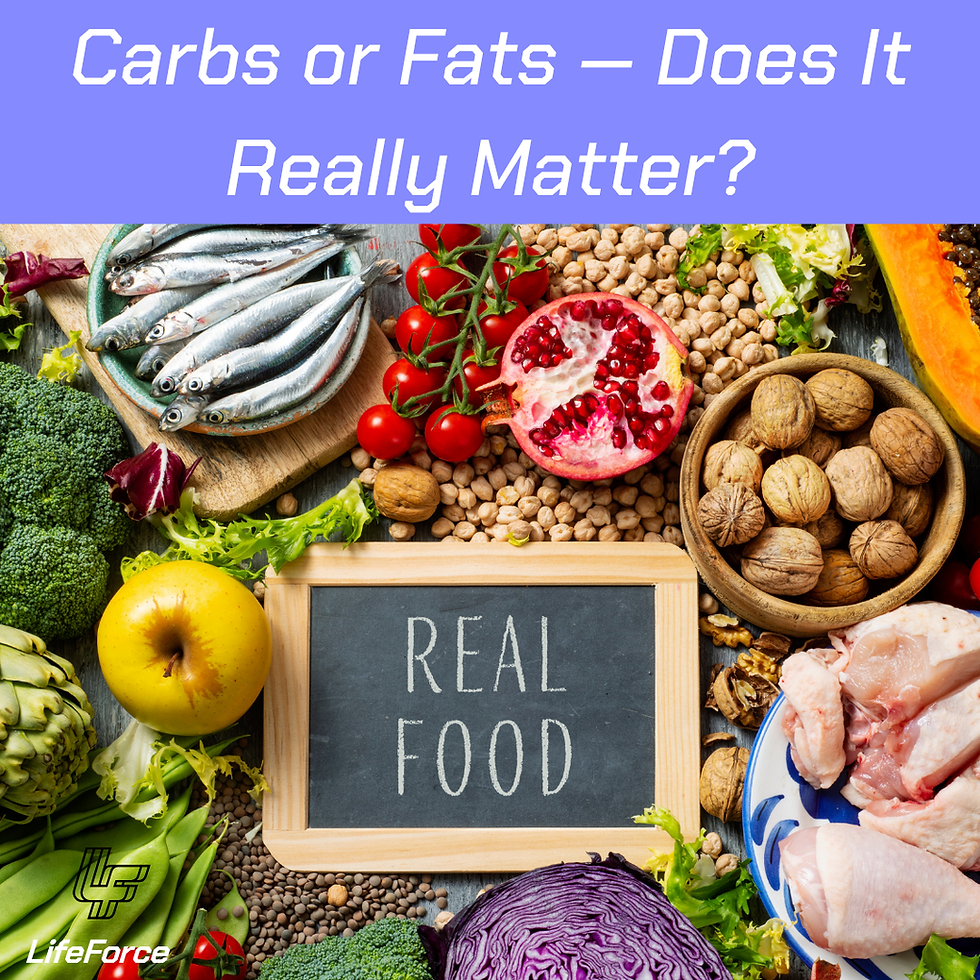Are Your Bones Trying to Tell You Something? The Hidden Risk of Fractures
- Shikha Mishra
- Mar 24
- 3 min read
Updated: Apr 21
When we think of diseases, we often picture obvious symptoms—pain, fever, fatigue. But what if there was a condition silently weakening your body, only revealing itself when it’s too late? Bone fractures are often called a "silent disease" because they tend to occur without any obvious warning signs. But why is this so dangerous, and what can we do about it?
What Happens When Bones Weaken?
Our bones are constantly changing, breaking down and rebuilding in a process called bone remodeling. When we’re young, this process works in our favor, keeping bones strong and dense. However, as we age, the balance shifts. We start losing bone faster than we can rebuild it, making them fragile and more likely to break.
Osteopenia and osteoporosis are conditions that reflect this gradual weakening of bones. But what do these terms really mean, and how do they affect us?

Osteopenia vs. Osteoporosis: What’s the Difference?
Think of osteopenia as the warning light on your dashboard—it’s not an immediate emergency, but it’s a sign to take action. Osteopenia occurs when bone density starts to decline but isn’t yet severe. Left unchecked, it can progress to osteoporosis, a condition where bones become so brittle that even a small fall, a sneeze, or bending over can cause a fracture.
Studies show that osteoporosis is responsible for millions of fractures each year, with hip, spine, and wrist fractures being the most common. These fractures don’t just cause pain; they can lead to long-term disability, loss of independence, and even a shorter lifespan. A hip fracture, for example, can double the risk of death within a year for older adults. That’s a serious consequence for something that often goes unnoticed until a break occurs.
Why Are Women More at Risk?
Women, especially postmenopausal women, are significantly more likely to develop osteoporosis than men. But why? The answer lies in hormones. Estrogen plays a crucial role in maintaining bone density, and when estrogen levels drop after menopause, bone loss accelerates. In fact, women can lose up to 20% of their bone density in the first five to seven years after menopause.
Other factors also contribute, such as:
Smaller bone structure compared to men, meaning less bone mass to begin with.
Pregnancy and breastfeeding, which can temporarily decrease bone density if nutrient intake isn’t sufficient.
Higher life expectancy—because women live longer on average, they spend more years at risk of fractures.
But here’s the good news—bone loss isn’t inevitable. You can strengthen your bones at any age, and one of the most powerful ways to do that is through strength training.
Why Strength Training is Your Best Defense
If you want to build muscle, you lift weights. But did you know lifting weights also builds stronger bones? Strength training places stress on bones, stimulating them to grow denser and more resilient.
A study published in the Journal of Bone and Mineral Research found that resistance training significantly improved bone density in postmenopausal women (Watson et al., 2018). Another research piece from Osteoporosis International highlights that weight-bearing exercises like squats, deadlifts, and resistance band work help prevent fractures and improve balance, reducing fall risk (Howe et al., 2011).
How Can You Start Building Stronger Bones Today?
The best part? It’s never too late to start. Here are three simple ways to boost bone health:
Incorporate Strength Training – Exercises like squats, lunges, push-ups stimulate bone growth.
Get Enough Calcium and Vitamin D – Dairy, leafy greens, and fortified foods can help, but supplements may be necessary if levels are low.
Move More, Sit Less – Daily weight-bearing activities like walking, hiking, or dancing keep bones active and strong.
Don’t Wait for a Fracture to Take Action
Osteoporosis and fractures don’t have to be part of aging. By making small changes today, you can build a stronger, more resilient body for the future. So, are your bones silently losing strength? Or are you ready to take charge and give them the support they need?
The choice is yours—but the time to act is now.
References:
Watson, S. L., Weeks, B. K., Weis, L. J., Harding, A. T., Horan, S. A., & Beck, B. R. (2018). High-intensity resistance and impact training improves bone mineral density and physical function in postmenopausal women with osteopenia and osteoporosis: The LIFTMOR randomized controlled trial. Journal of Bone and Mineral Research, 33(2), 211-220. https://doi.org/10.1002/jbmr.3385
Howe, T. E., Shea, B., Dawson, L. J., Downie, F., Murray, A., Ross, C., Harbour, R. T., Caldwell, L. M., & Creed, G. (2011). Exercise for preventing and treating osteoporosis in postmenopausal women. Osteoporosis International, 22(3), 1191-1206. https://doi.org/10.1007/s00198-011-1816-1
Curious about how strength & conditioning can keep your bones strong? Reach out today and start your journey to a healthier, stronger future:)






Comments